Sounds of Hawai‘i
Three contemporary Hawai‘i musicians worth a listen.
Kalani Pe‘a
Kalani Pe‘a has a lot of reasons to smile these days. At this year’s 59th annual Grammy Awards, Pe‘a’s debut album, E Walea (which means to be exuberant), took home the award for best regional roots album. This win marked the first time a Native Hawaiian artist has received the award for this category. Pe‘a, who is an educator at Kamehameha Schools on Maui, learned Hawaiian at a young age and began singing at 4 years old. His style reflects his love for the islands, and is influenced by Hawaiian, contemporary, soul, and rhythm and blues music. “It is through Hawaiian music and poetry that we share our mo‘olelo (stories),” Pe‘a says. “I want to leave ho‘oilina (legacies) for my family, my students, and the communities we serve through higher education, and through creating Hawaiian music.”
For more information, visit kalanipeamusic.com.
Ryan Kamakakehau Fernandez
At six weeks old, Ryan Kamakakehau Fernandez, who was born in Little Rock, Arkansas, was adopted by Robyn Nae‘ole. Raised on Maui, Fernandez attended Ke Kula Kaiapuni ‘o Kekaulike, the Hawaiian language immersion program at King Kekaulike High School, and spent his spare time learning to be a professional singer. While he is not Native Hawaiian, Fernandez’s talent in leo ki‘eki‘e, or Hawaiian falsetto singing, preclude any questions of his authenticity. Though people who sing in this style usually begin at a young age, Fernandez started in 2003, when he was 18 years old. But he was a natural, and within the first year, he won the Ho‘opi‘i Falsetto Contest. In 2013, the singer won a Nā Hōkū Hanohano Award for his EP, Wahi Mahalo. Though his falsetto is hauntingly pristine, Fernandez also enjoys performing neo-soul and gospel styles. “There are so many places I’d like to take my music,” he says. “This is just the beginning.”
For more information, visit kamakakehau.com.
Kimié Miner
In 2016, Kimié Miner won a Nā Hōkū Hanohano Award for best contemporary album for her self-titled album. “Since I could talk, I could sing,” Miner says. “I always loved anything music.” At 14 years old, as a boarder at Kamehameha Schools on O‘ahu, Miner began her musical journey by singing from her diary and playing along with her new guitar. Last year, she was also chosen to participate in the Creative Lab Hawaii Music Immersive, a mentorship initiative founded by the State of Hawai‘i Department of Business, Economic Development, and Tourism that offers select musicians the rare opportunity to work directly with top industry professionals and music executives. “As a Hawaiian, it makes me so proud to have this opportunity to share our culture through music on a much bigger scale,” Miner says. “To me, we’re creating a new legacy for Hawaiian music.”
For more information, visit kimieminer.com.
Sounds of Hawai‘i
Three contemporary Hawai‘i musicians worth a listen.
Kalani Pe‘a
Kalani Pe‘a has a lot of reasons to smile these days. At this year’s 59th annual Grammy Awards, Pe‘a’s debut album, E Walea (which means to be exuberant), took home the award for best regional roots album. This win marked the first time a Native Hawaiian artist has received the award for this category. Pe‘a, who is an educator at Kamehameha Schools on Maui, learned Hawaiian at a young age and began singing at 4 years old. His style reflects his love for the islands, and is influenced by Hawaiian, contemporary, soul, and rhythm and blues music. “It is through Hawaiian music and poetry that we share our mo‘olelo (stories),” Pe‘a says. “I want to leave ho‘oilina (legacies) for my family, my students, and the communities we serve through higher education, and through creating Hawaiian music.”
For more information, visit kalanipeamusic.com.
Ryan Kamakakehau Fernandez
At six weeks old, Ryan Kamakakehau Fernandez, who was born in Little Rock, Arkansas, was adopted by Robyn Nae‘ole. Raised on Maui, Fernandez attended Ke Kula Kaiapuni ‘o Kekaulike, the Hawaiian language immersion program at King Kekaulike High School, and spent his spare time learning to be a professional singer. While he is not Native Hawaiian, Fernandez’s talent in leo ki‘eki‘e, or Hawaiian falsetto singing, preclude any questions of his authenticity. Though people who sing in this style usually begin at a young age, Fernandez started in 2003, when he was 18 years old. But he was a natural, and within the first year, he won the Ho‘opi‘i Falsetto Contest. In 2013, the singer won a Nā Hōkū Hanohano Award for his EP, Wahi Mahalo. Though his falsetto is hauntingly pristine, Fernandez also enjoys performing neo-soul and gospel styles. “There are so many places I’d like to take my music,” he says. “This is just the beginning.”
For more information, visit kamakakehau.com.
Kimié Miner
In 2016, Kimié Miner won a Nā Hōkū Hanohano Award for best contemporary album for her self-titled album. “Since I could talk, I could sing,” Miner says. “I always loved anything music.” At 14 years old, as a boarder at Kamehameha Schools on O‘ahu, Miner began her musical journey by singing from her diary and playing along with her new guitar. Last year, she was also chosen to participate in the Creative Lab Hawaii Music Immersive, a mentorship initiative founded by the State of Hawai‘i Department of Business, Economic Development, and Tourism that offers select musicians the rare opportunity to work directly with top industry professionals and music executives. “As a Hawaiian, it makes me so proud to have this opportunity to share our culture through music on a much bigger scale,” Miner says. “To me, we’re creating a new legacy for Hawaiian music.”
For more information, visit kimieminer.com.
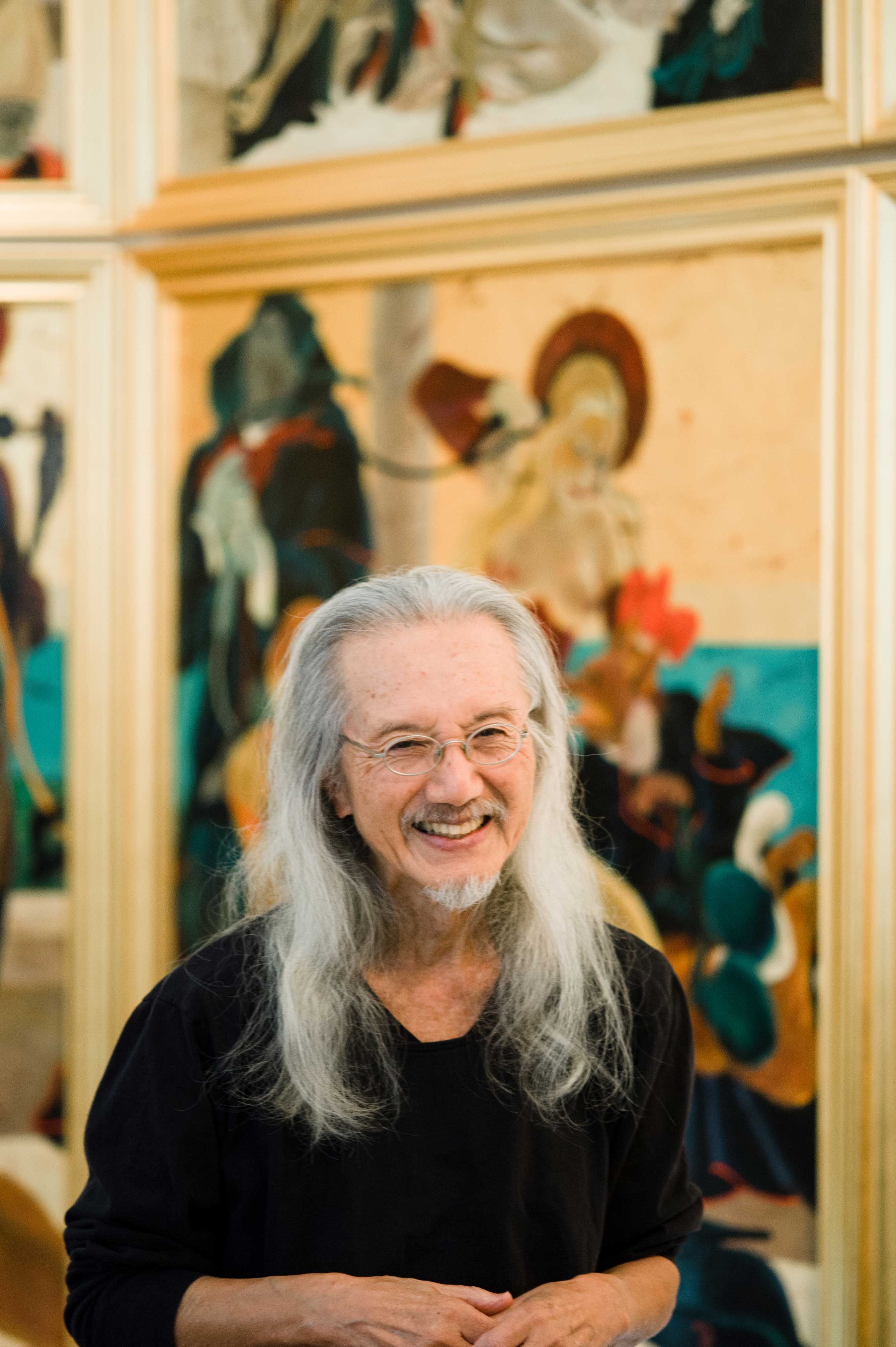
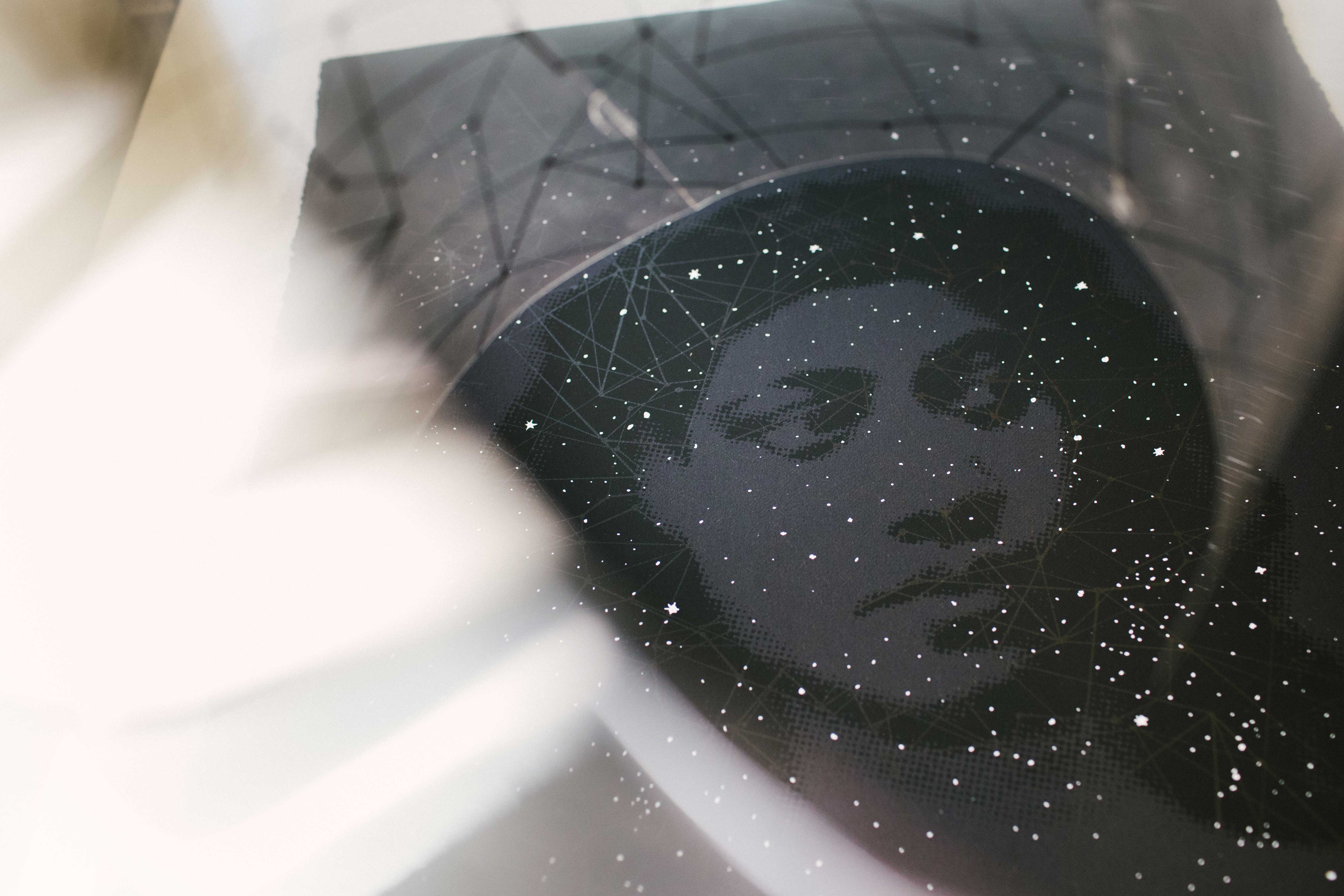



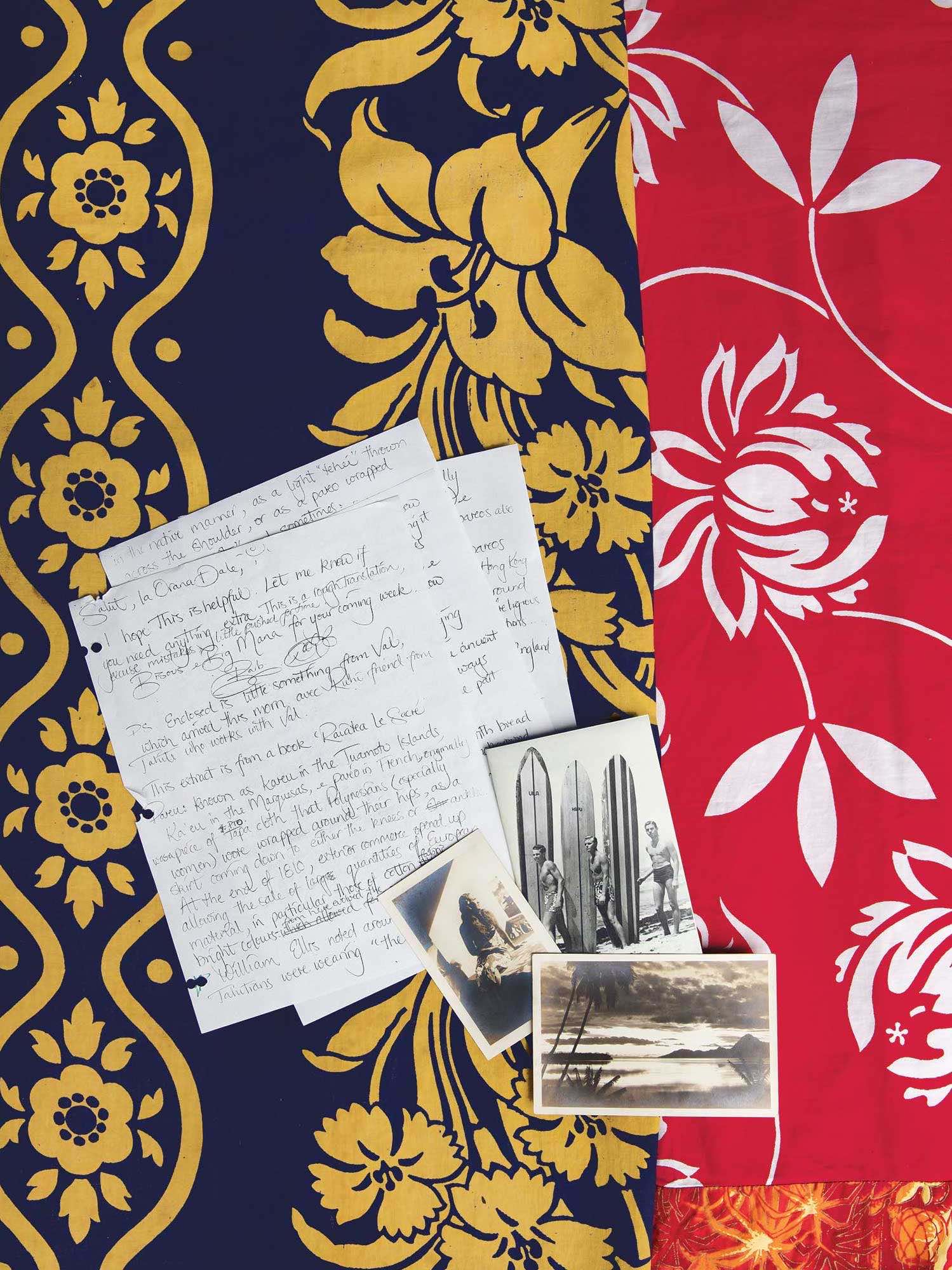
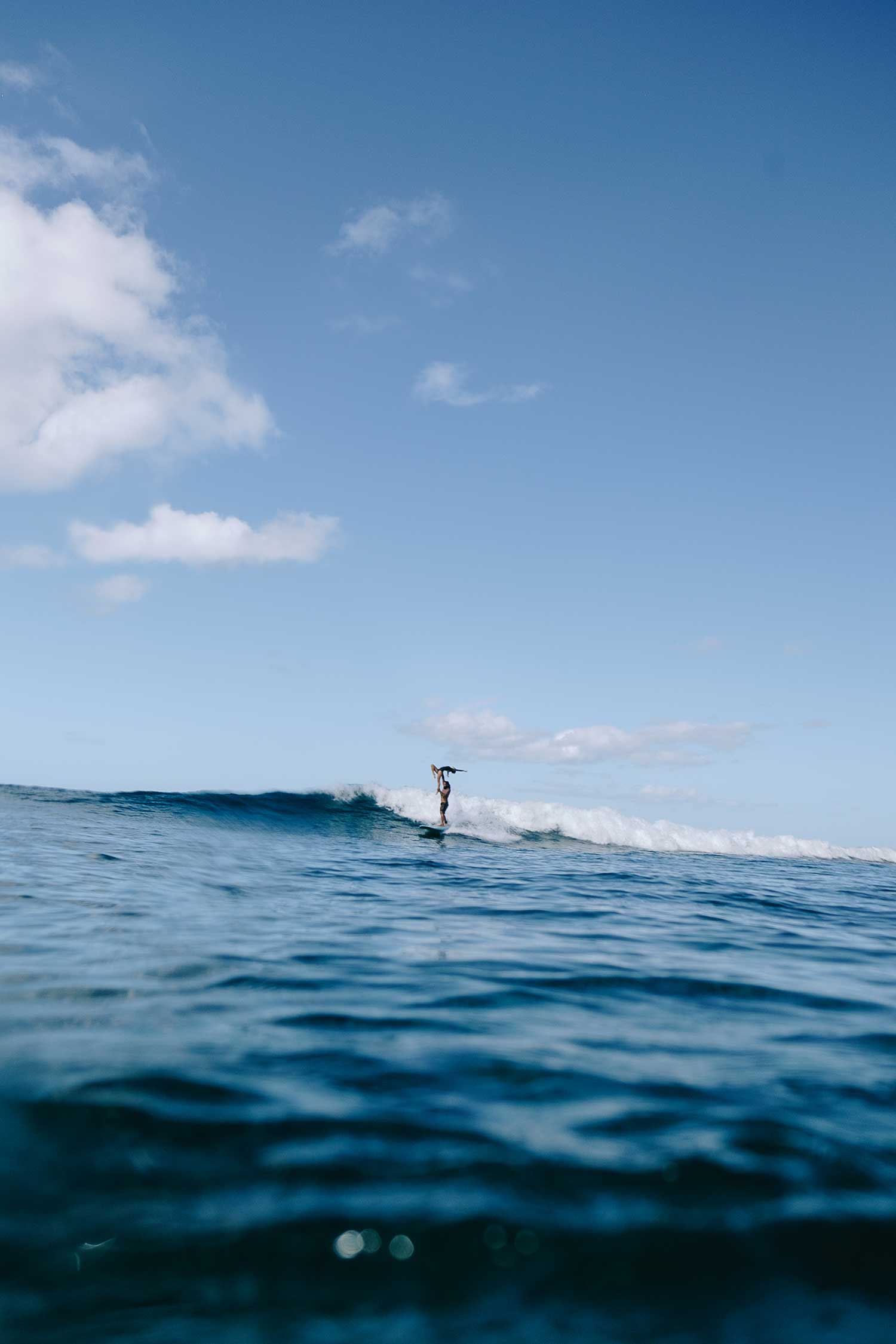
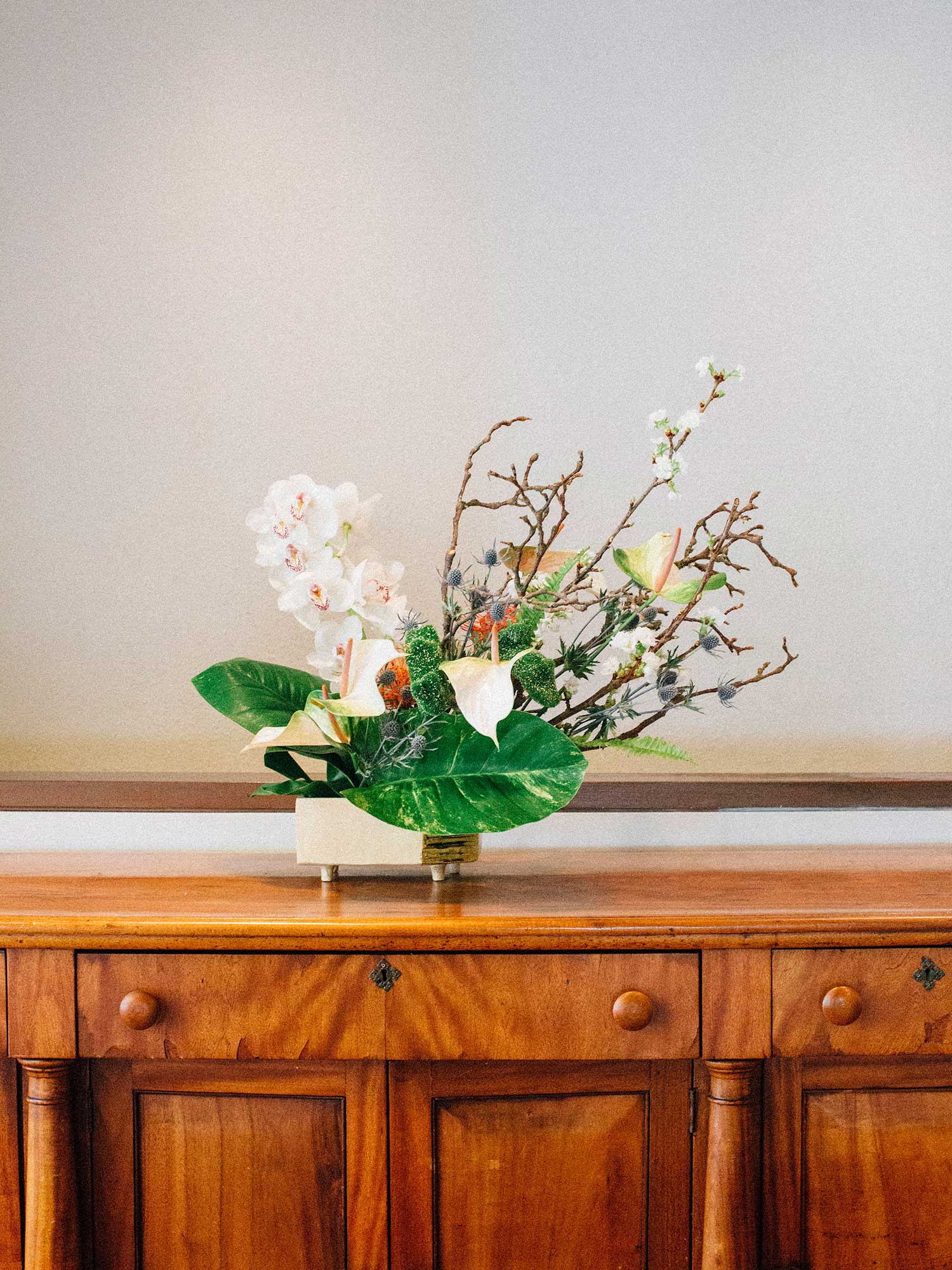
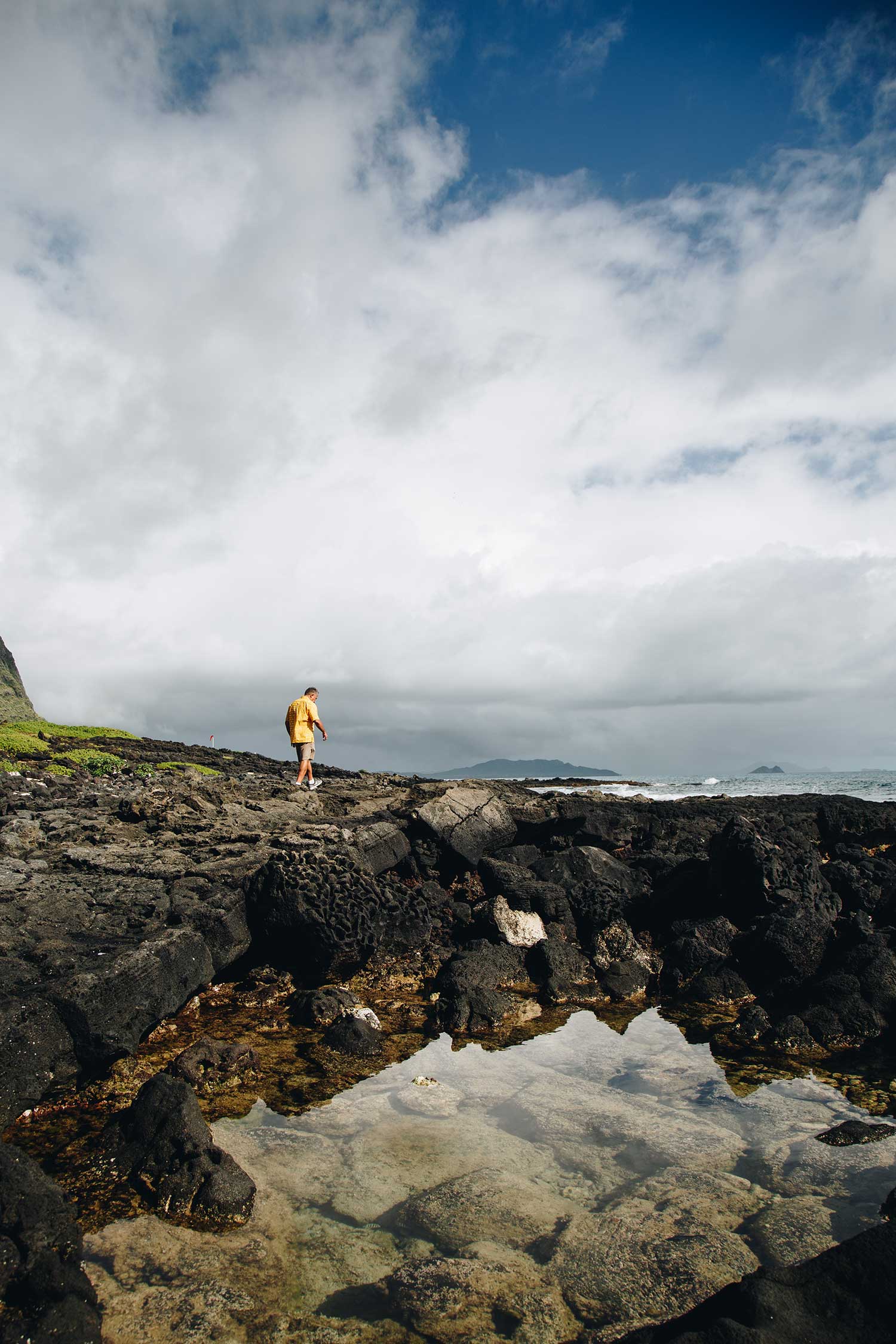

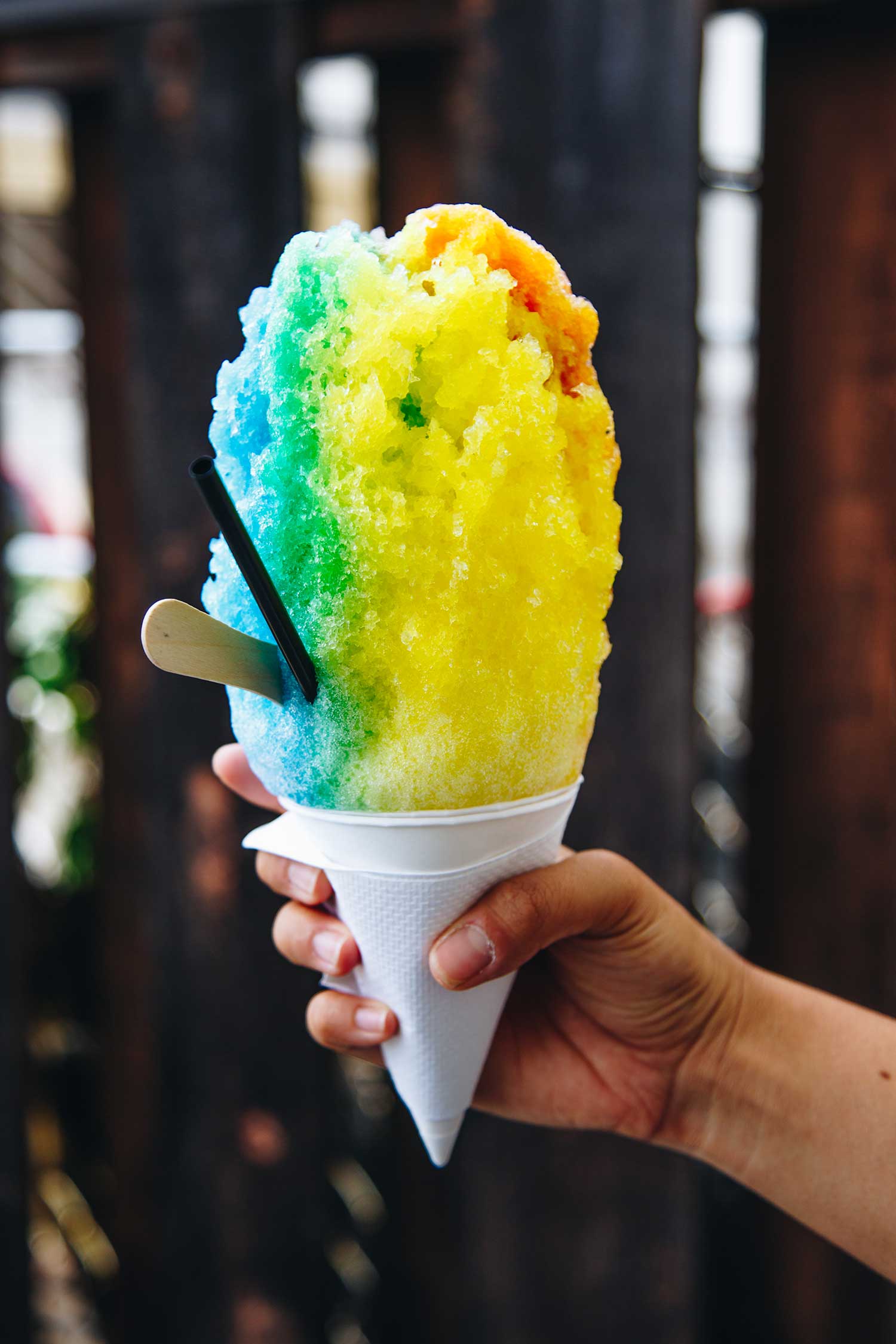
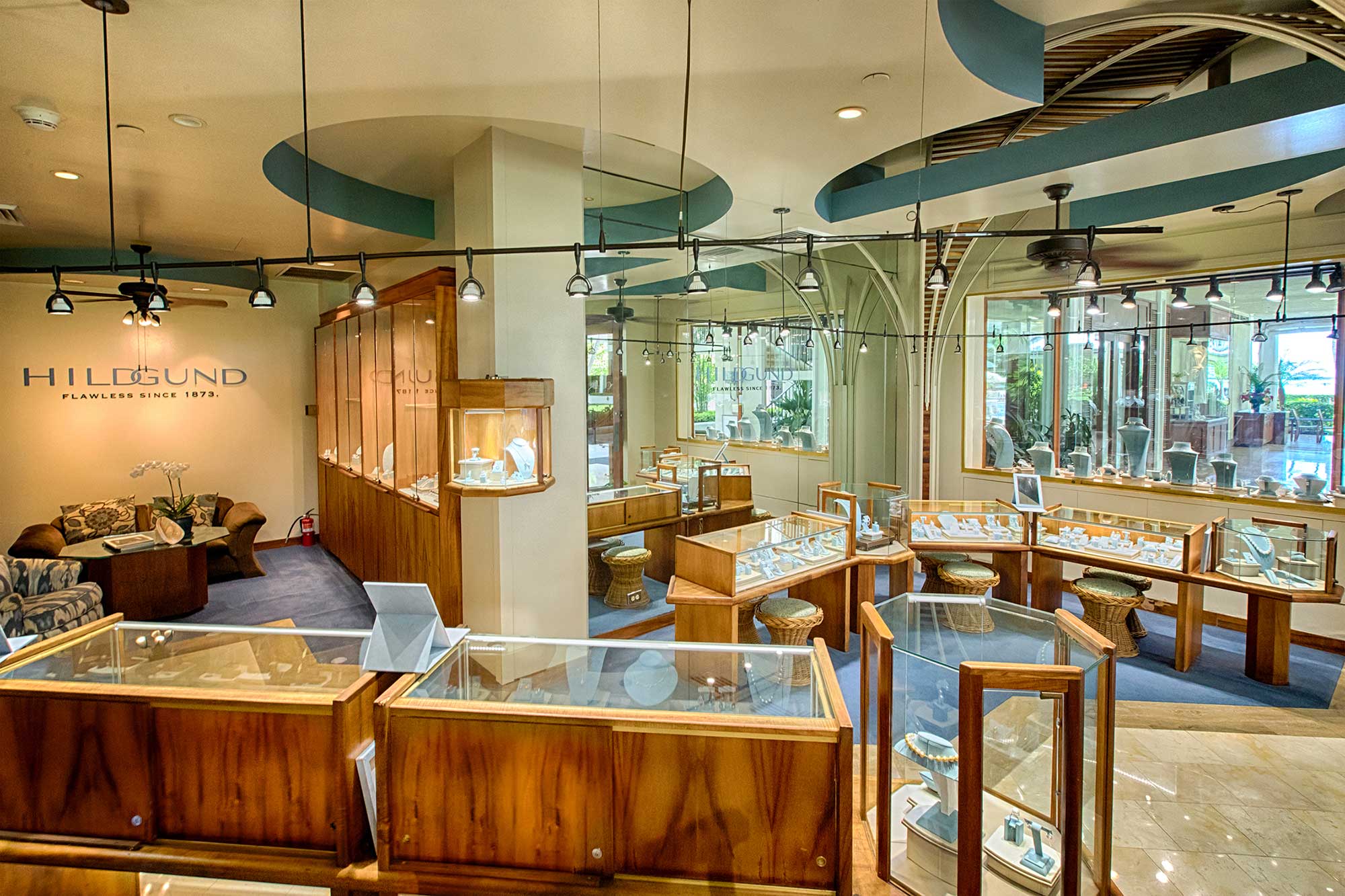
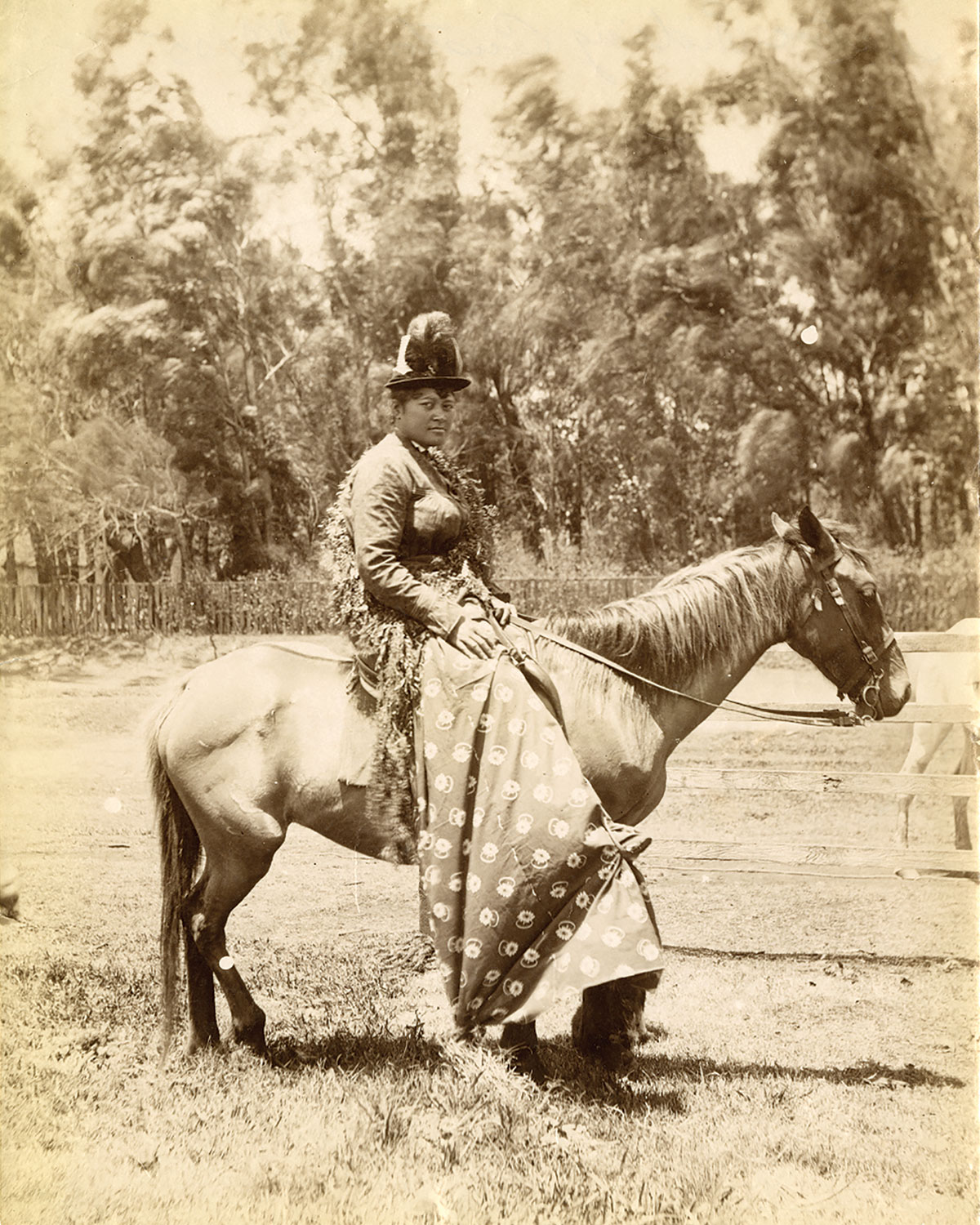
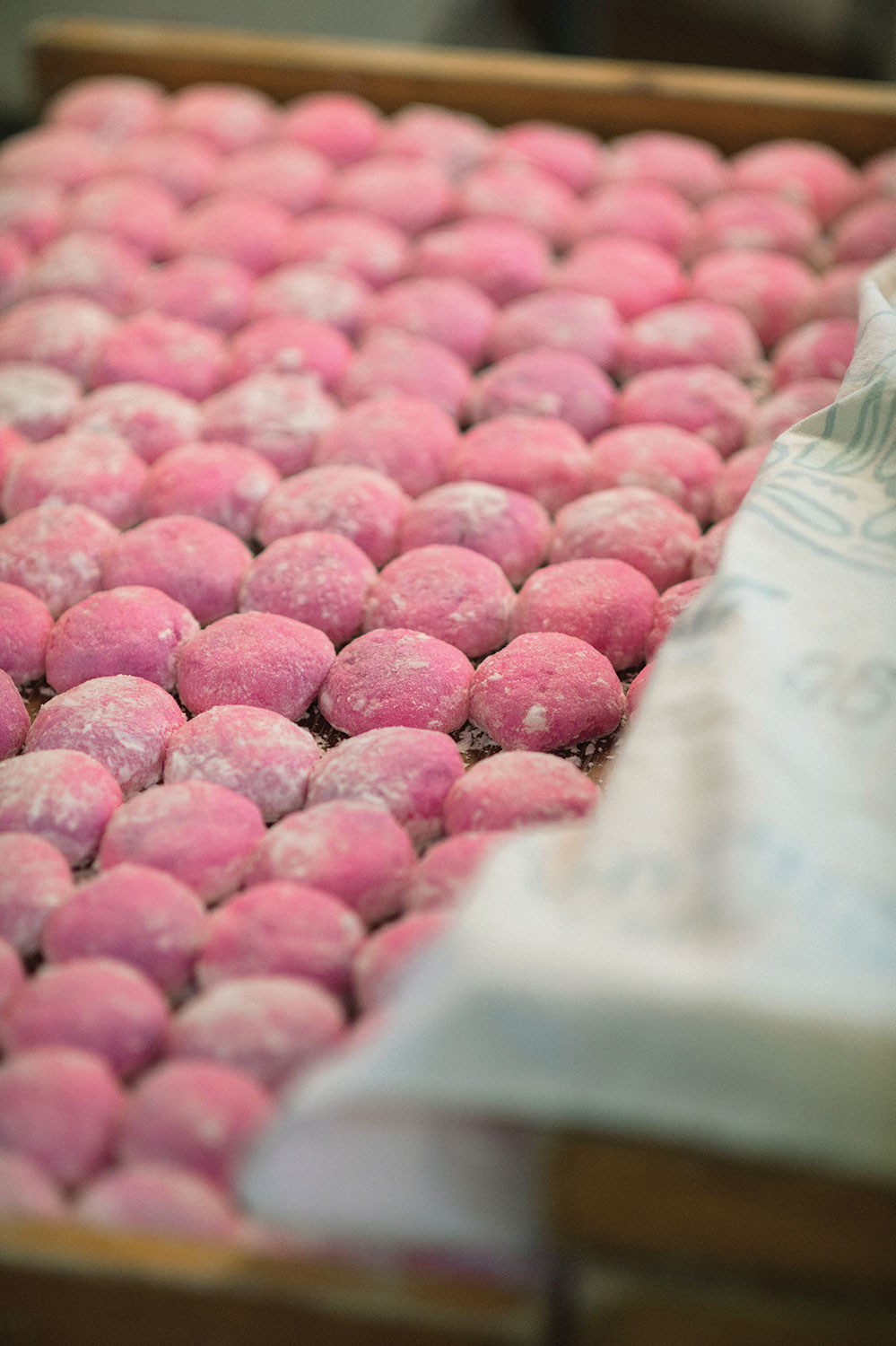
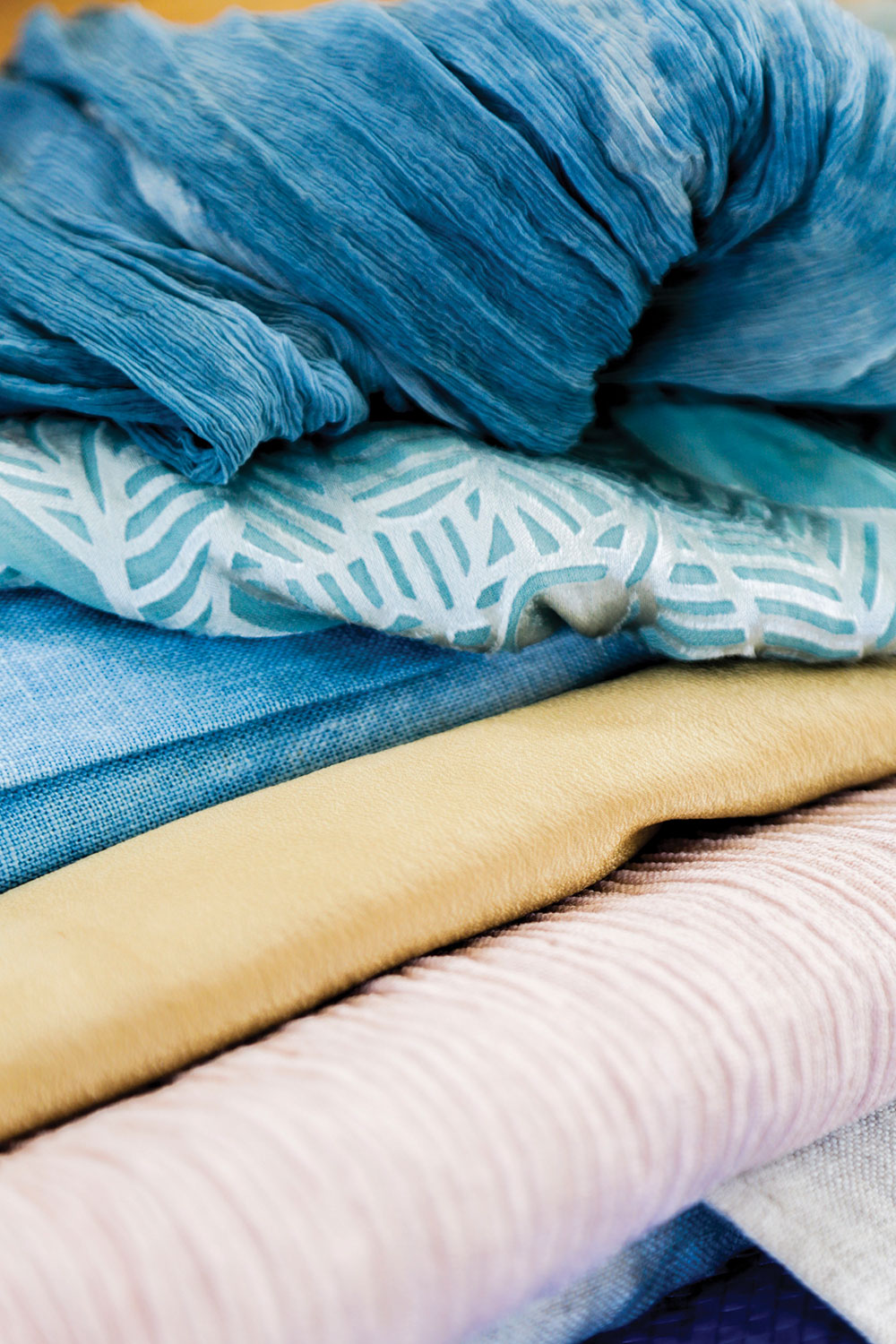
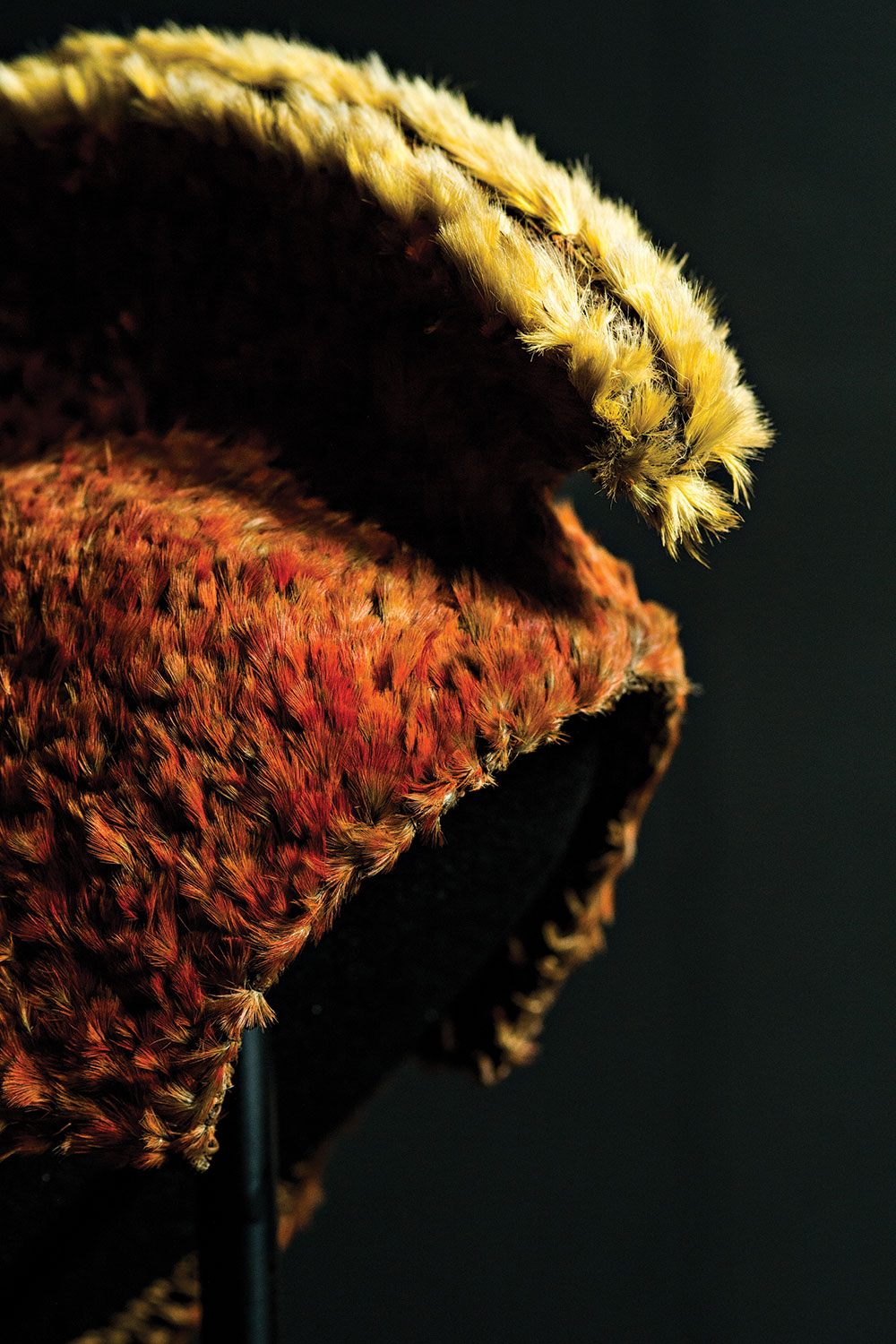
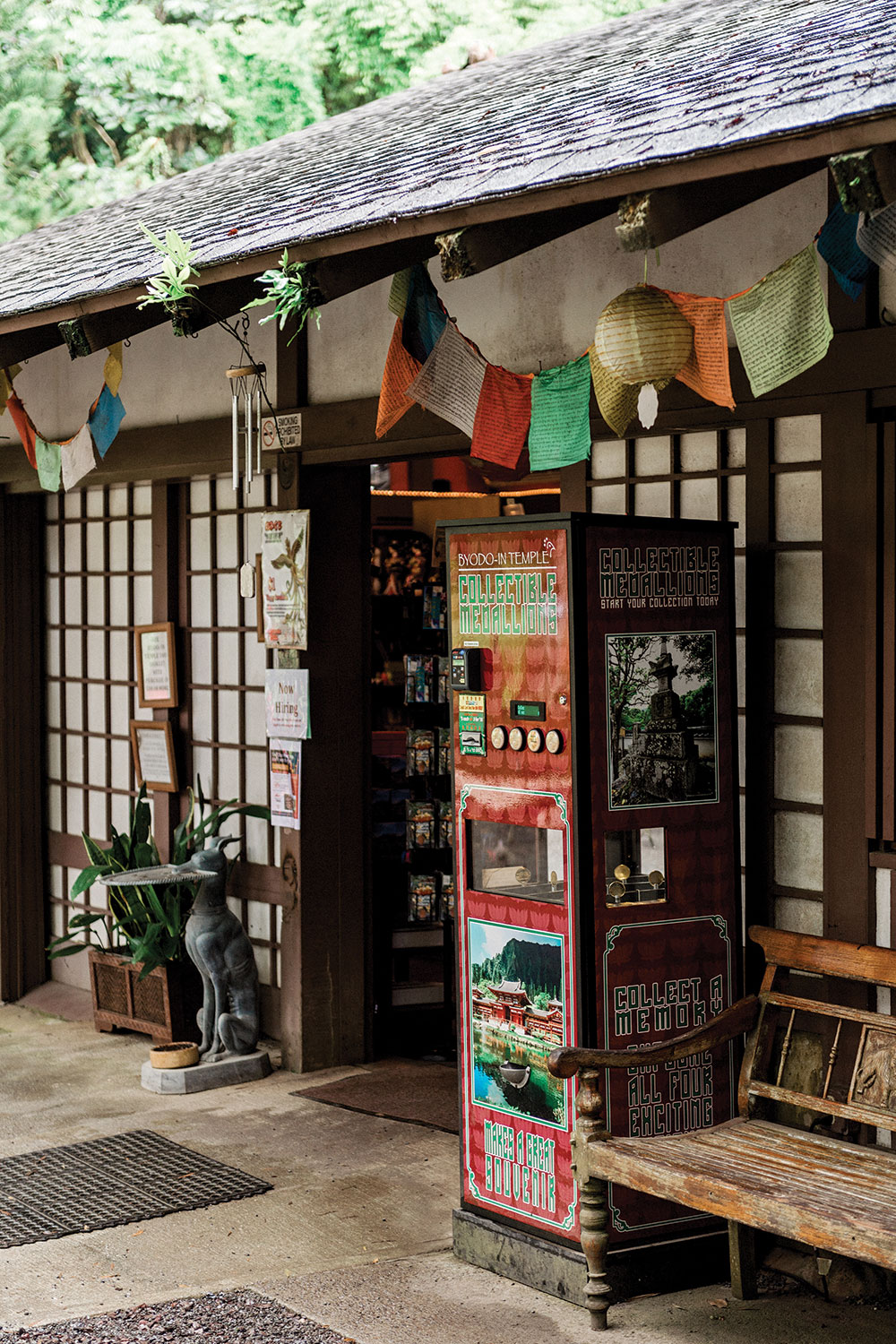
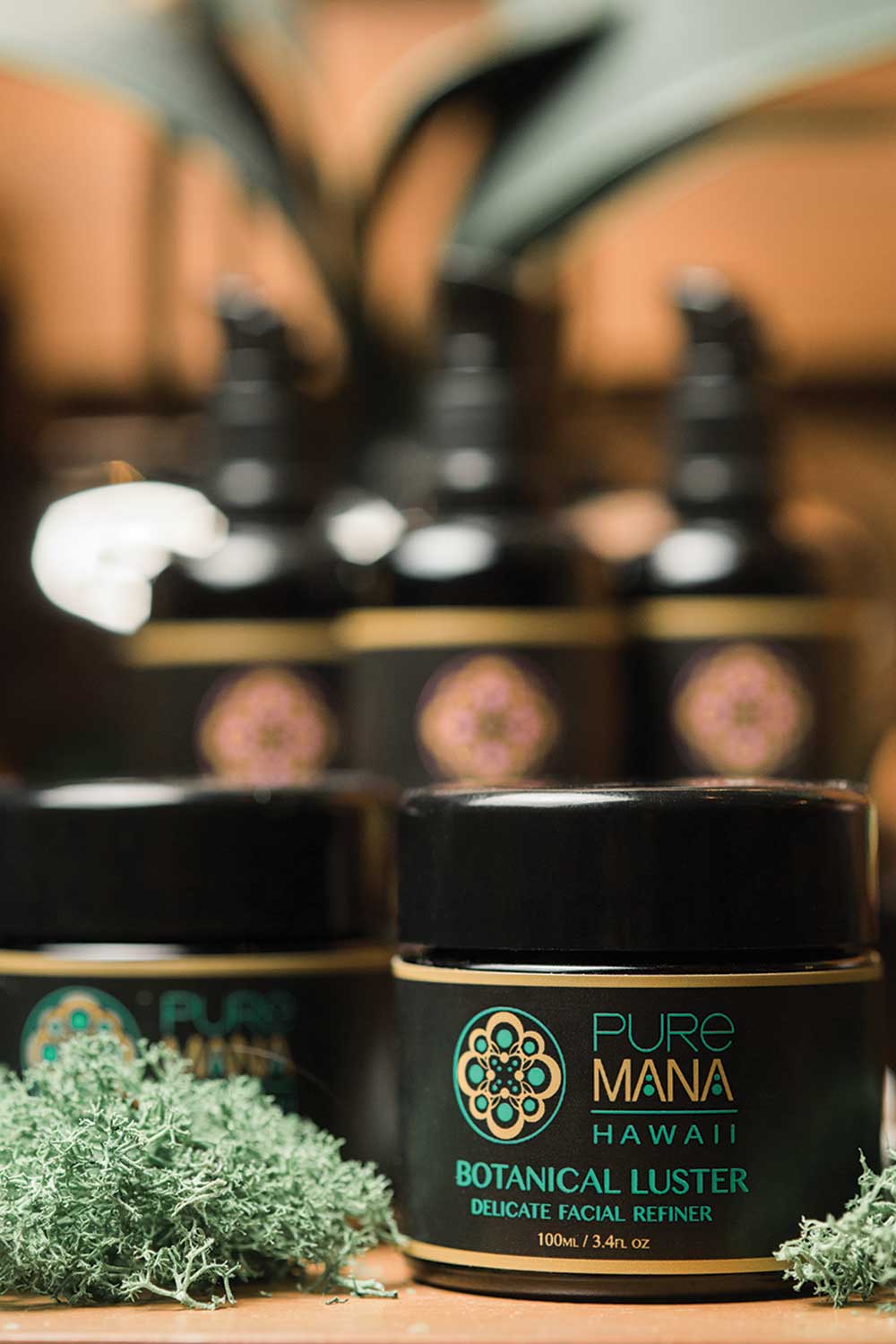
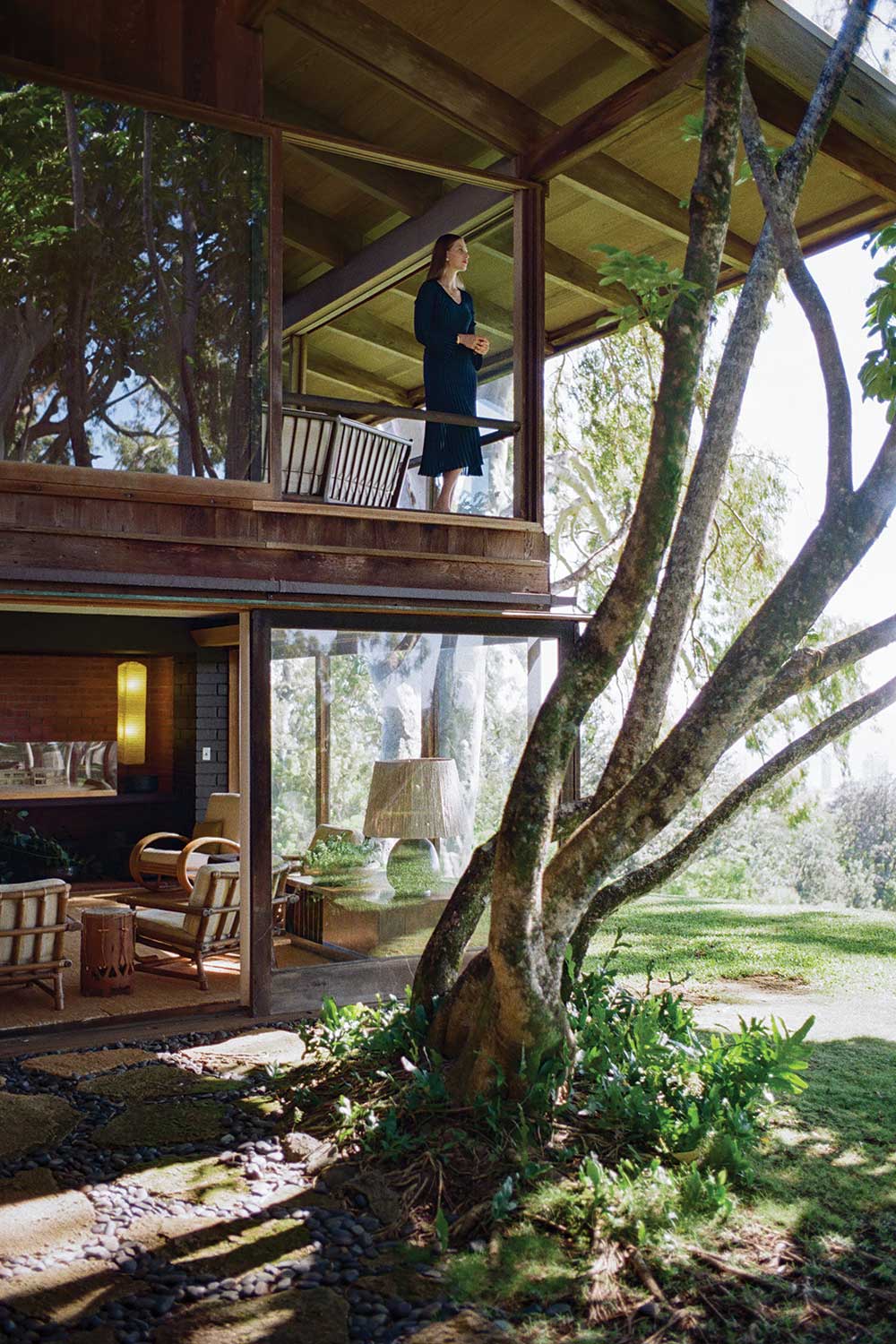
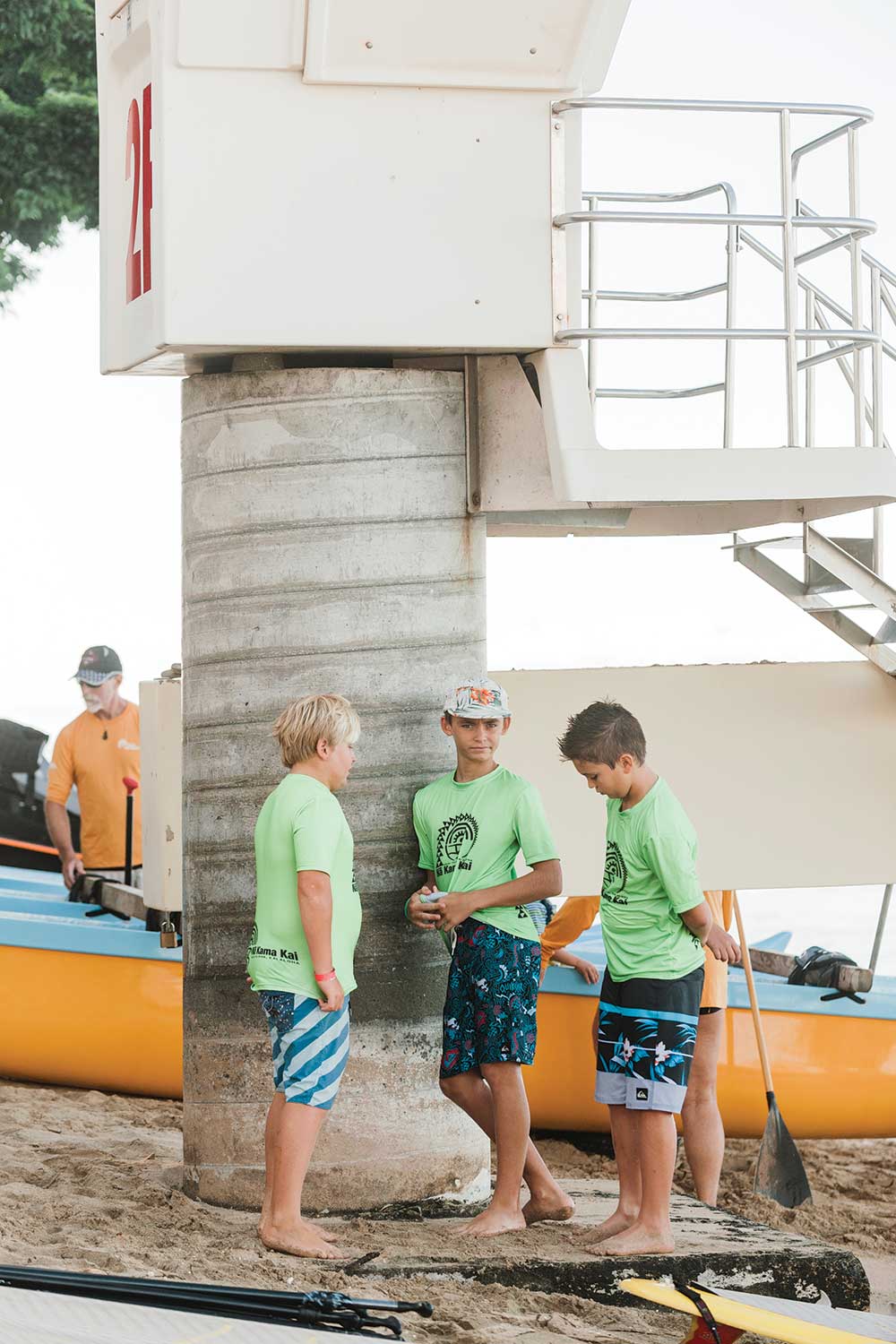
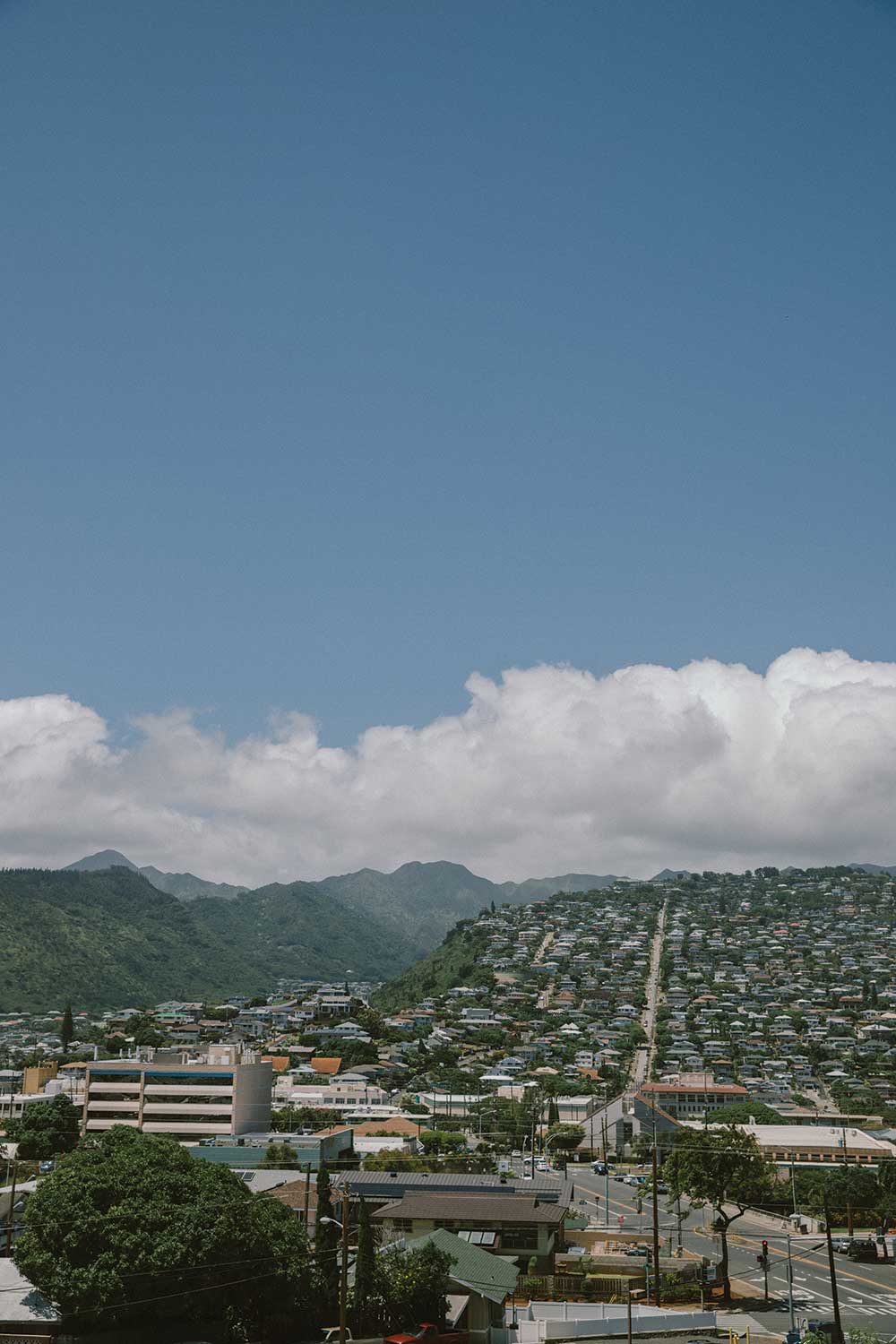

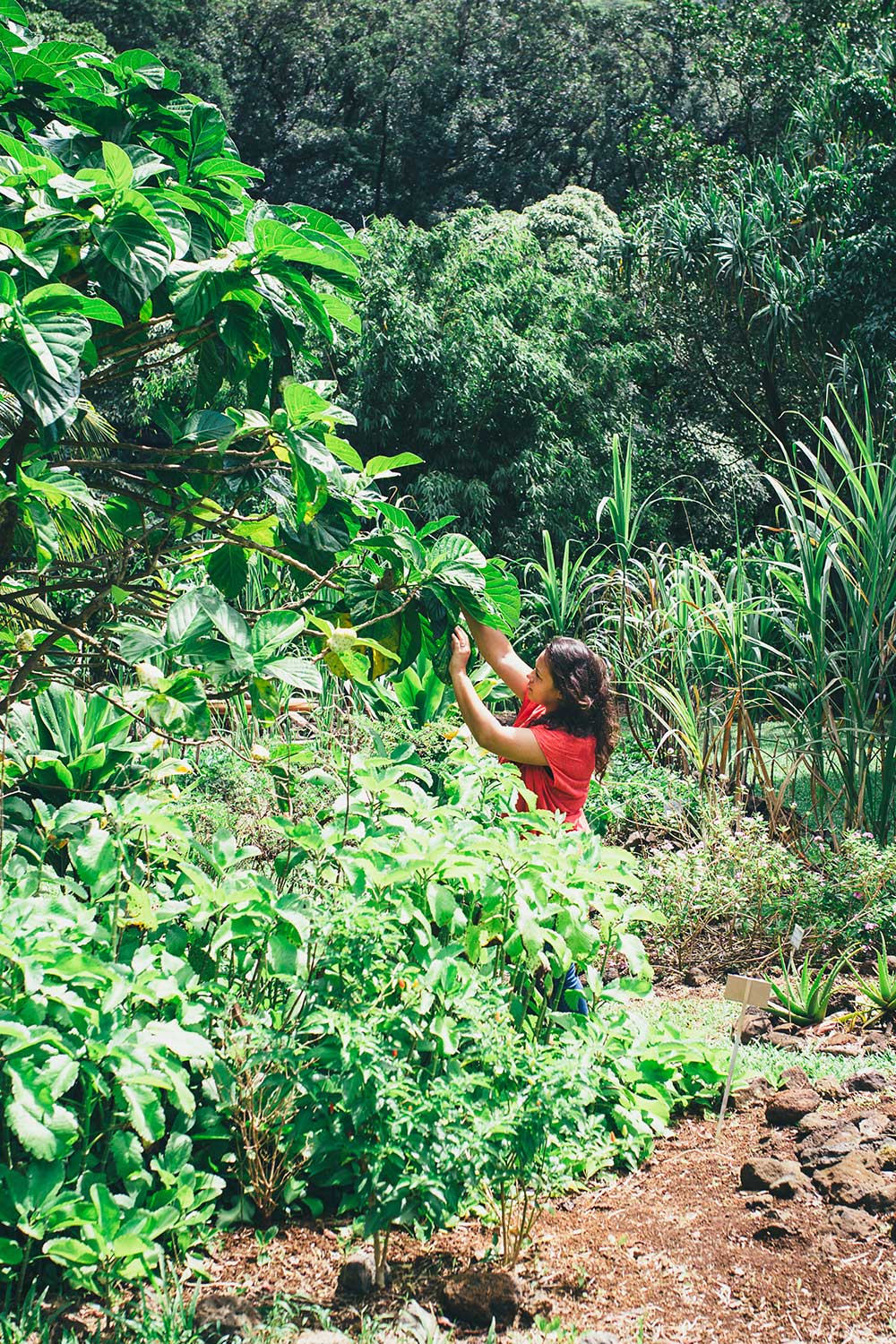

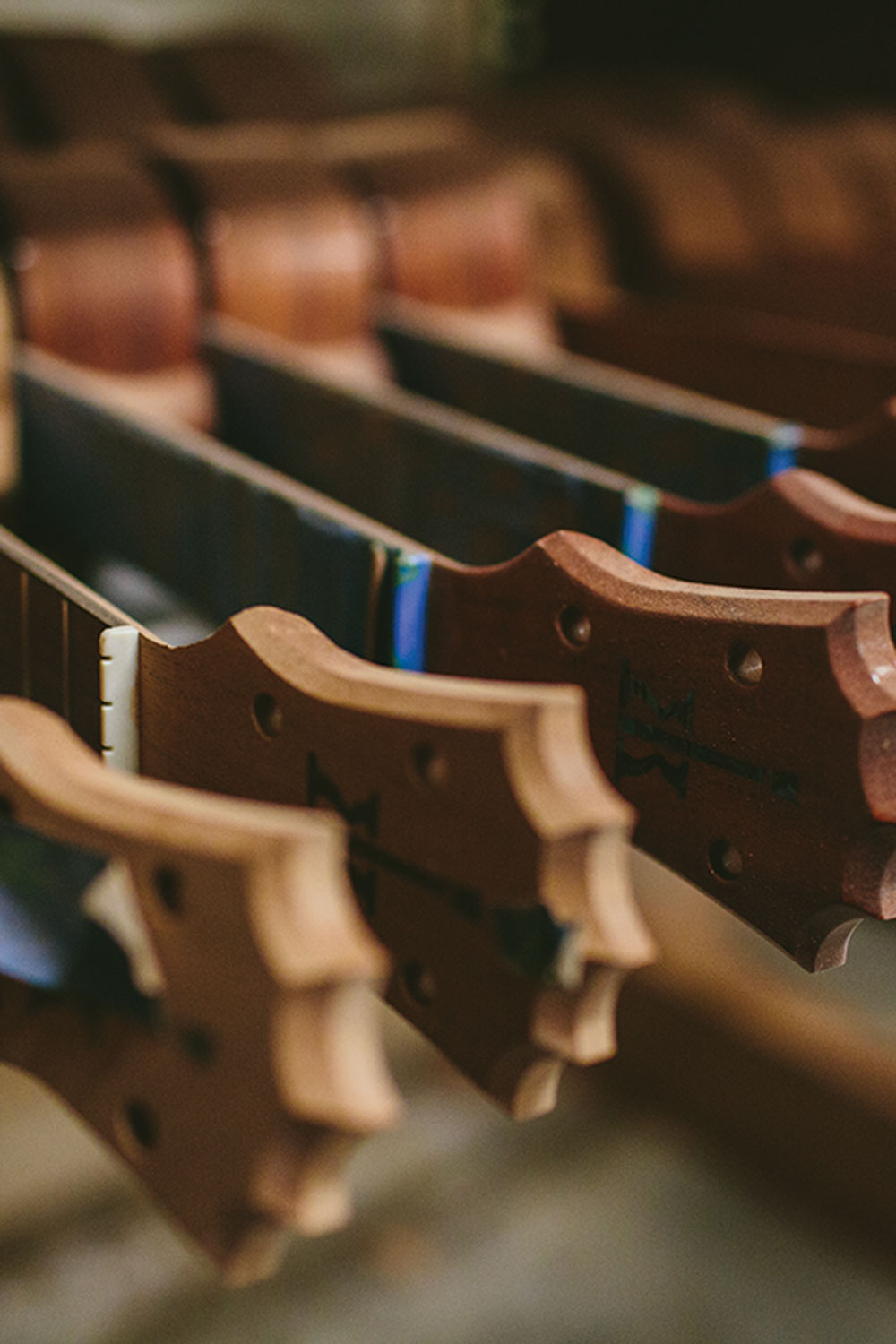
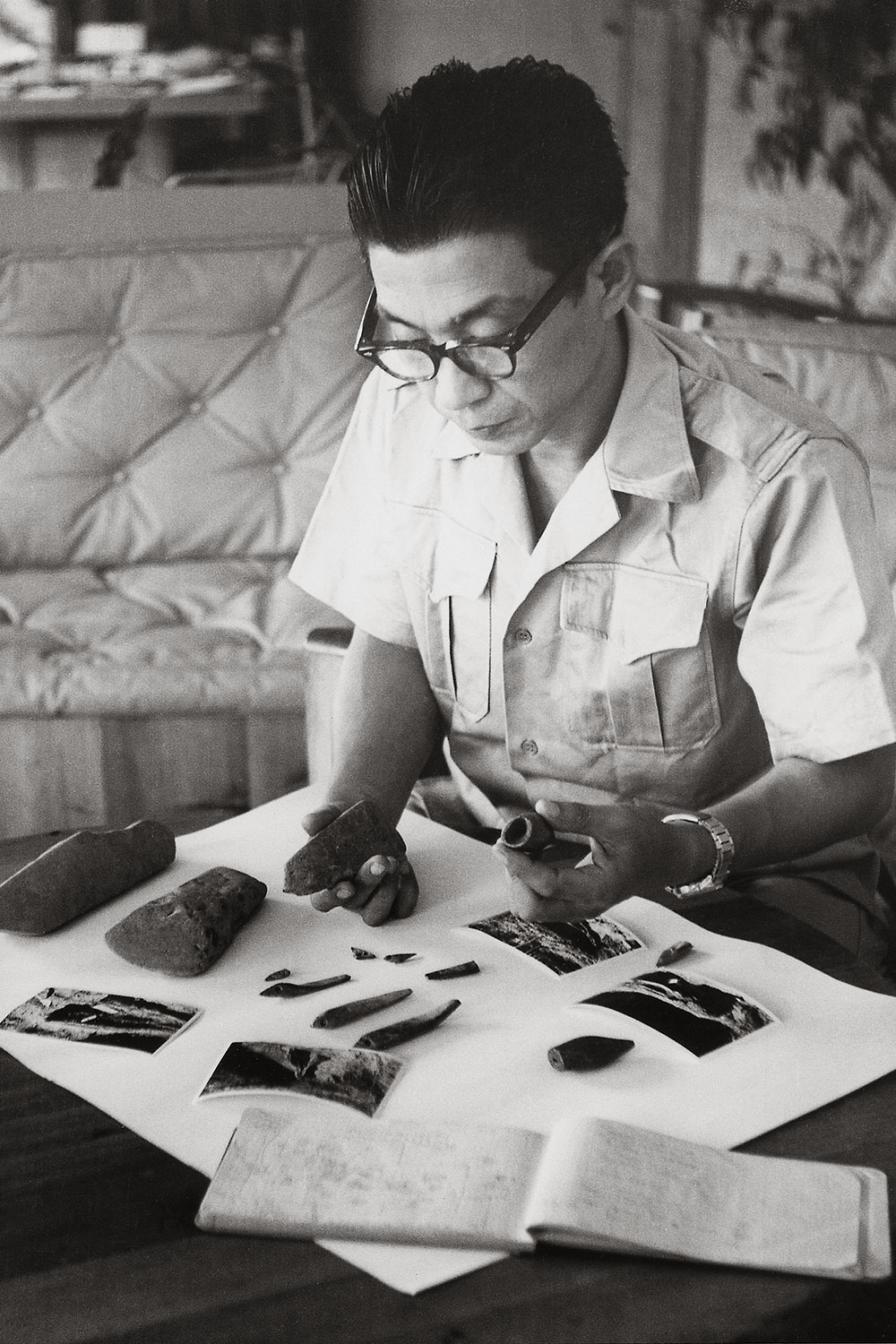
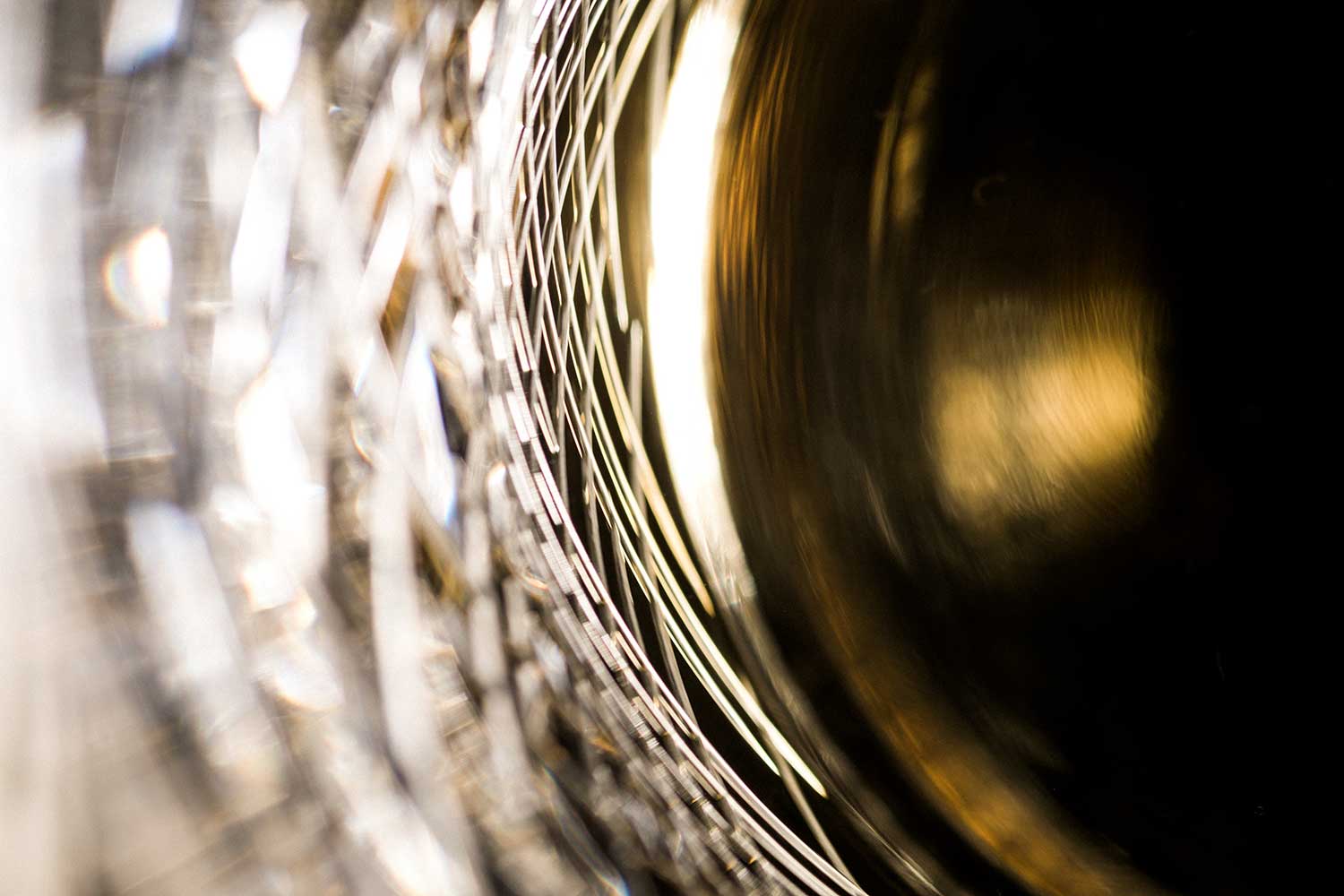





Share: